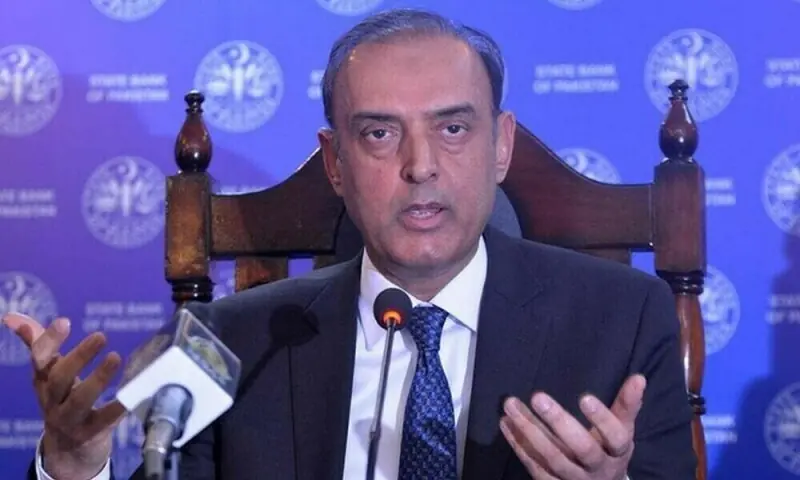Governor State Bank of Pakistan (SBP), Jameel Ahmad, has emphasised the urgent need for Pakistan to transition from short-lived stabilisation efforts to a durable, sustainable, and outward-looking growth model.
Speaking at the opening session of the Pakistan Business Council’s (PBC) ‘Dialogue on the Economy,’ on Wednesday, Ahmad highlighted that while Pakistan has repeatedly cycled through phases of growth followed by painful stabilisation, this moment presents a genuine opportunity for long-term transformation, provided policy continuity and private sector adaptability remain at the forefront.
The central bank chief outlined why the current stabilisation phase stands apart from previous cycles.
He noted that macroeconomic discipline is now underpinned by well-coordinated and forward-looking monetary and fiscal policies, avoiding the premature easing that historically undermined stability.
Macroeconomic outlook: SBP governor apprises foreign investors
“The central bank’s enhanced forecasting capacity has allowed policymakers to anchor decisions in eight-quarter projections rather than short-term indicators,” he said.
“Inflation has not only fallen in line with our forecast but is expected to remain within the 5–7% target band over the medium term,” he affirmed.
A major pillar of improved stability, Ahmad stressed, is the qualitative strengthening of external buffers.
Unlike past reliance on debt-driven inflows, recent reserve accumulation reflects strategic FX purchases and reduced forward liabilities. Public sector external debt has remained broadly stable since 2022, while the external debt-to-GDP ratio has declined from 31% to 26%.
During the same period, SBP’s FX reserves have risen from a critically low $2.9 billion to roughly $14.5 billion, a nearly fivefold increase.
He shared that there is a growing recognition that sustainable growth will remain elusive until policymaking is reoriented towards a long-term vision of achieving socioeconomic prosperity for our people, instead of looking for short-term consumption-led growth spurts of the past.
He added that this shift is reflected in the long-term reforms initiated by the government and the SBP under our homegrown policy framework.
On the fiscal side, the Governor noted that the government’s consistent achievement of primary surpluses over the last three years has helped put public debt indicators on a sustainable path—an outcome rarely seen in the past.
He added that the government is implementing long-term structural reforms, including increasing the tax-to-GDP ratio through documentation and widening the tax base, and energy sector reforms to lower the cost of energy.
The Governor added that these reforms are complemented by the SBP’s continued efforts to address gaps in financial intermediation and increase financial inclusion across the country.
Looking ahead, Ahmad underscored that Pakistan’s economic model must evolve to prevent yet another boom-bust cycle. He added that historical growth averages—hovering around 3–4% —can no longer support a nation of over 250 million people.
“Pakistan stands at an inflection point,” he said, calling on the private sector to embrace global competitiveness rather than depend on subsidies or domestic market protection.
Ahmad urged businesses to integrate into global value chains, modernise production, leverage emerging opportunities from partners such as the US, China, and Middle Eastern economies, and invest in innovation.
“Rapid digitalisation, the green transition, and global supply-chain realignments offer windows of opportunity—if our firms are willing to adapt,” he noted.
He encouraged businesses to diversify funding sources by tapping domestic and international capital markets and adopting advanced digital tools in financial operations. He placed special emphasis on documenting supply chains—an essential step for improving productivity, access to finance, and supply-chain resilience.
“We cannot expect different results by doing more of the same. The stability we have achieved must now serve as the foundation for long-term prosperity. Only by moving together—government, SBP, and the private sector—we can secure a future of sustained and inclusive growth.”


